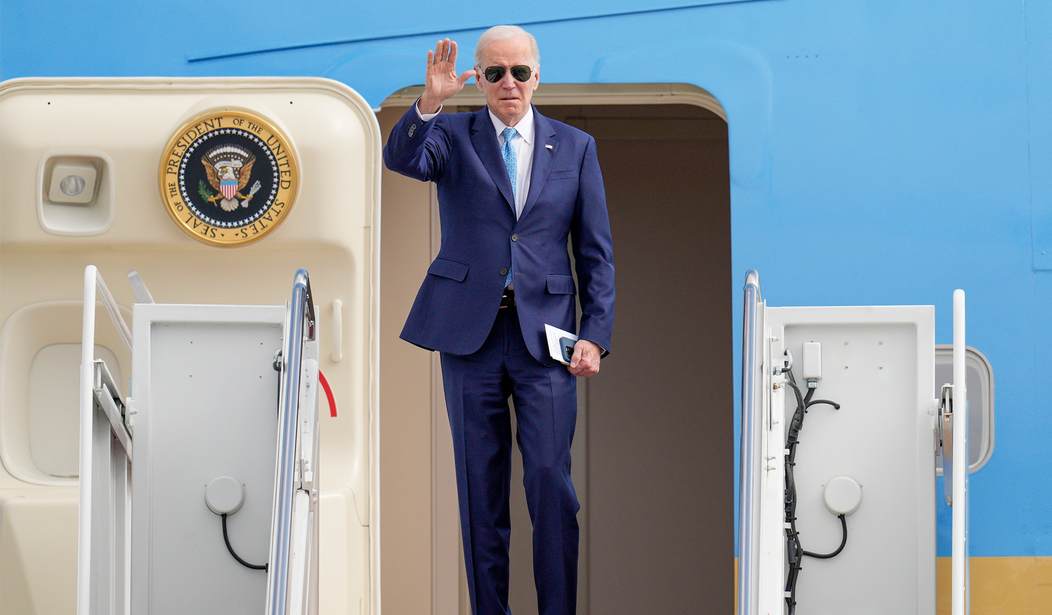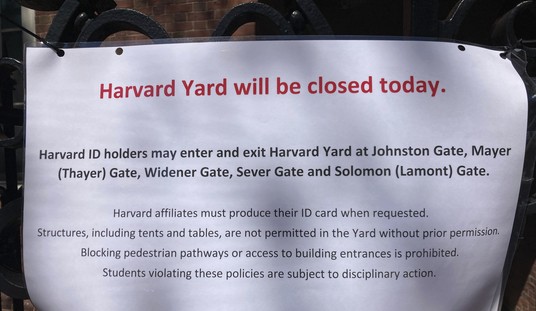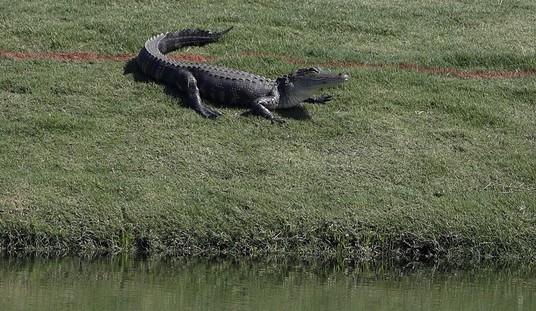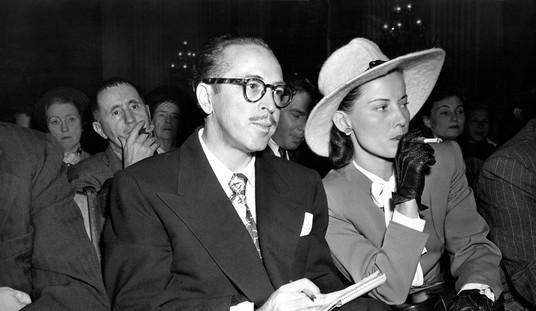Is it really too much to ask for someone being nominated to lead a major government agency to have some basic knowledge about the agency they’d be leading?
That’s the story after the president’s pick to lead the FAA absolutely beclowned himself during a recent hearing. Phil Washington, whose nomination is still pending, was unable to answer a single one of the basic aviation questions asked by Sen. Ted Budd.
Biden Nominee for FAA Chief Goes 0-for-7 on Aviation Policy Quiz by @SenTedBuddNC
Yikes.
— Chief Nerd (@TheChiefNerd) March 3, 2023
Just for fun, as a certified flight instructor and commercial pilot, I’m going to go through these and see if I can do them from memory. I won’t get all of them right, but I’m confident I’ll do better than going 0-7, which was what Washington did.
You guys can go search and grade me when I’m done.
What airspace requires an ADSB transponder?
ADSB-out is required in Class A, B, C, and class E above 10,000ft (MSL). There are also Mode-C veils around Class B airspace that require ADSB-out to enter.
Now, given ADSB implementation has been the most important project the FAA has had in the last decade, you’d think a guy who wants to lead the agency would have some basic knowledge about what it is and when it’s required. Washington appeared to be completely clueless, though.
What are the six types of special use airspace that protect this national security that appear on FAA charts?
This is one that I’d forgive Washington for if he at least knew a few or understood the basic premise of the question. The answer is restricted areas, prohibited areas, alert areas, warning areas, and military operating areas. Temporary flight restrictions are also SUAs, but they aren’t on the chart as they are dynamic.
I’m missing one, but I won’t cheat, so you can ding me a point there.
What are the operational limitations of a pilot flying under BasicMed?
Like ADSB, BasicMed was another landmark project by the FAA over the last decade and something anyone wanting to lead the FAA should have knowledge of.
This question specifically pertains to what a pilot can do if he forgoes a medical certificate and uses BasicMed, which is basically a sign-off from a primary care doctor. Off the top of my head, they can’t fly faster than 250 knots, they can’t carry more than 5 passengers, can’t enter class A airspace, and they can’t fly for compensation or hire.
There’s also a weight limit on the aircraft itself, but the exact number escapes me. So ding me again on that one.
What causes an aircraft to spin or stall?
This is a common one non-pilots would miss, so I won’t be too hard on Washington over it.
People think stalling is about the plane getting too slow, but the correct answer is that an aircraft stalls when the wing reaches the critical angle of attack. You can stall an aircraft at a high speed. Gaining speed in the recovery of a stall is a secondary function of lowering the angle of attack to regain smooth overflow over the airfoil of the wing.
As for a spin, it happens when you enter a deep stall and one wing is more stalled than the other. When teaching how to avoid spins, staying coordinated with the rudder is a big factor.
What are the three aircraft certifications the FAA requires as part of the manufacturing process?
Now, this is one that I will hold against Washington because in his answer he tries to obfuscate by saying he supports the “certification act.” Yet, he doesn’t know a single certification requirement off the top of his head. That’s ridiculous for someone who wants to lead the FAA.
The airworthiness certificate and the type certificate are two of the three. The last is the production certificate, which Budd points out in the video, but I’ll admit that I didn’t know from memory. That is not one you teach to a student but is more of an FAA thing dealing directly with manufacturers. In other words, it’s something an FAA head should know.
Can you tell me what the minimum separation distance is for landing and departing airliners during the daytime?
This isn’t something you think about in the cockpit because ATC is assigning the altitudes and providing separation, but it’s 1,000 feet of vertical separation up to 28,999 feet. 29,000 and above, it goes to 2,000 feet. Lateral separation is three to five miles. That’s for IFR traffic, which all airline traffic is. There are lesser minimums for VFR traffic.
Budd’s last question is about drones, and I’ll admit without any shame that I have no idea what the answer is. I’m a real pilot after all.
Regardless, going through that was mostly for my own amusement, but when the guy who wants to lead the FAA not only can’t answer a single question about anything aviation related but doesn’t even seem to understand the premise of the questions, that’s a problem is it not?
“But Washington isn’t a pilot, so he wouldn’t know the rules and regulations,” many on the left will say in response to my critiques. That’s exactly my point. Perhaps the head of the FAA should be a pilot? At the very least, they should have a strong background in aviation and what it entails. What the FAA shouldn’t be is another vehicle for the Biden administration to push its obsession with diversity hiring at the expense of safety. That’s all Washington’s nomination is. He’s not qualified for the job. He’s just a political figure meant to serve a political purpose. That Washington is also caught up in a corruption scandal only makes it worse.















Join the conversation as a VIP Member